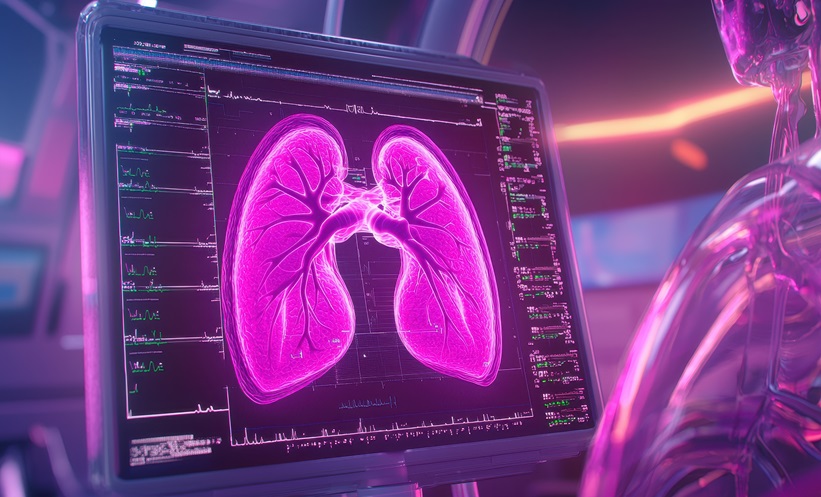RESEARCHERS have developed sensory artificial cilia to monitor airway conditions, enabling real-time assessment of mucus biomarkers for disease detection and treatment optimisation.
Continuous monitoring of human airway conditions is critical for timely intervention, particularly in patients with airway stents used to manage central airway obstructions caused by lung cancer and other diseases. Mucus properties, such as viscosity and layer thickness, are key biomarkers for inflammation and stent patency but are challenging to monitor effectively. Existing diagnostic methods, including computed tomography imaging and bronchoscopy, are limited by radiation exposure and the inability to provide continuous, real-time feedback outside clinical settings. To address this gap, researchers have designed biomimetic sensory cilia capable of detecting mucus conditions using magnetic actuation and capacitance sensing mechanisms.
The newly developed sensors mimic the biological function of natural cilia to measure mucus viscosity and thickness with high precision. For viscosity, magnetic fields actuate a magnetic artificial cilium, with a strain-gauge capturing its deformation. For layer thickness, a capacitance-based artificial cilium provides self-calibration and adjustable sensitivity. Data is transmitted wirelessly via Bluetooth to a smartphone or cloud platform for analysis. These sensors were tested on artificial and sheep tracheae, demonstrating their potential to monitor mucus properties in situ and in real-time. The system can also integrate with airway stents to alert clinicians to early signs of inflammation or stent blockage.
This innovation marks a significant advancement in respiratory disease management, enabling continuous monitoring of critical biomarkers that were previously inaccessible outside hospital settings. The sensory artificial cilia offer an opportunity to personalise patient care, ensure stent efficacy, and intervene promptly when complications arise. Future research should explore long-term biocompatibility and integration with other implantable devices to expand clinical applications further.
Reference
Wang Y et al. Sensory artificial cilia for in situ monitoring of airway physiological properties. PNAS. 121(46):e2412086121.








